Western Red Cedar Facts, Properties, Uses, Benefits & Costs
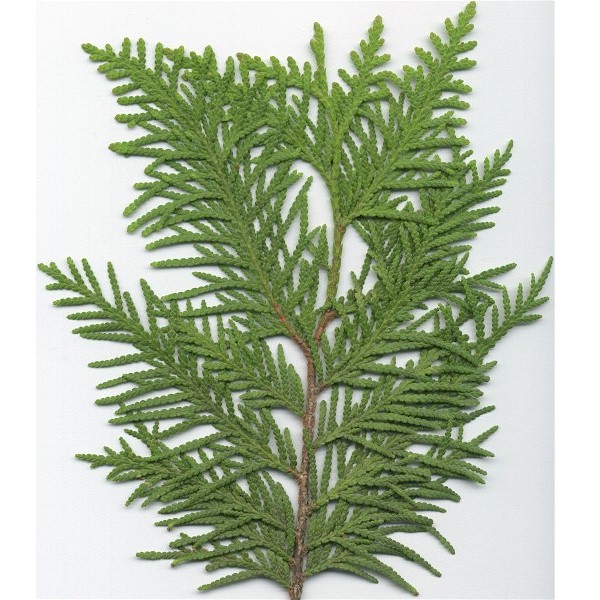
Northern White Cedar The Wood Database Lumber Identification (Softwood)
Leaves. The leaves of this tree are evergreen and retain throughout the year. The foliage is typically needle-shaped and each of them tend to overlap the other. Unlike the long, needle-shaped leaves of pine trees, a cedar tree foliage is soft, very short and appears like that of ferns.

Leaves of Japanese Cedar Nature Photo Gallery
Cedar is any of the species of tall ornamental conifers that belong to the family Pinaceae, found in the mountainous regions of the Mediterranean Basin and Western Himalayas. These trees are commonly used for decorating gardens and designing landscapes, thriving in temperate zones where the temperature does not fall below -25 °C in the winter.
:max_bytes(150000):strip_icc()/Cedar-58a749b53df78c345bbbd24a.jpg)
A Beginner's Guide to Tree Identification
Contents show The Different Families That Cedar Trees Belong To The Pinaceae family is where the Cedrus or true cedars belong, of which three distinct species are found naturally around the Mediterranean east through parts of Asia.

Eastern Arborvitae Purdue Fort Wayne
Cedar trees can be identified by it's evergreen foliage consists of short needles united in rosettes on the fragrant woody branches, a pyramidal then spreading habit, needle-shaped flowers as well as triangular and winged seeds. The color of its evergreen foliage varies according to the species, but it is generally a light green-grey-bluish.
/white-cedar-leaves-616238640-5aa9ce7a1f4e13003728040b.jpg)
How to Identify Northern White Cedar
Identification of the Northern White Cedar. The "leaf" (if you can call it a leaf) is actually evergreen and scale-like off main shoot sprays. They are 1/4 inch long with long points. Lateral.

the Science behind the Magic of Cedar Oil Ask The Green Genie
02 of 12 Cedar of Lebanon (Cedrus libani) Douglas Sacha / Getty Images Native to the Middle East, cedar of Lebanon tolerates cold better than deodar. Its needles are dark green or gray-green. Plant this slow grower in late fall. It makes a good long-lived shade tree. Native Area: Lebanon USDA Growing Zones: 5 to 9 Height: 40 to 100 feet
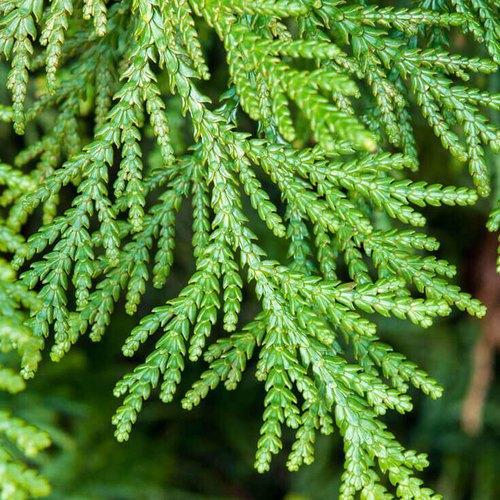
Cedar Leaf (Thuja occidentalis) Natural Alchemy
4. Check for a height of 40 to 60 feet (12 to 18 m). These trees don't get nearly as tall as a the Western Red Cedar. They top out at about 60 feet (18 m) with a trunk that's about 1 to 3 feet (0.30 to 0.91 m) in diameter. [18] As a guide, 60 feet (18 m) is about the length of a bowling lane. [19] X Research source.
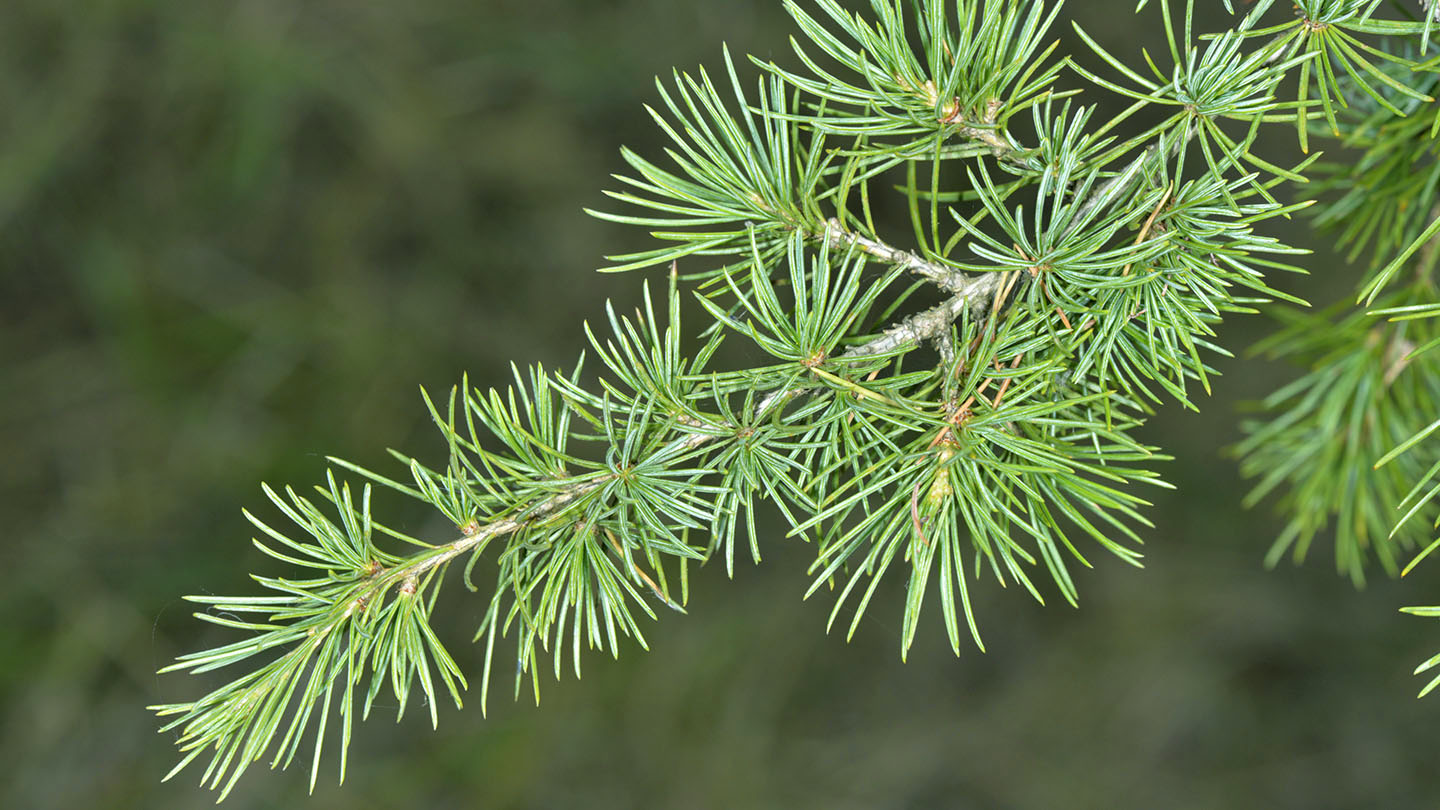
Cedar (Cedrus libani) British Trees Woodland Trust
What Kind of Leaves Does the Cedar Tree Have? By Catherine Duffy Cedar leaves arrange themselves on branchlets. Branchlets and leaves together are called sprays. Cedar trees are members of the cypress family. Their leaves are slender, evergreen and needle-like. Many cedar species are found across North American.
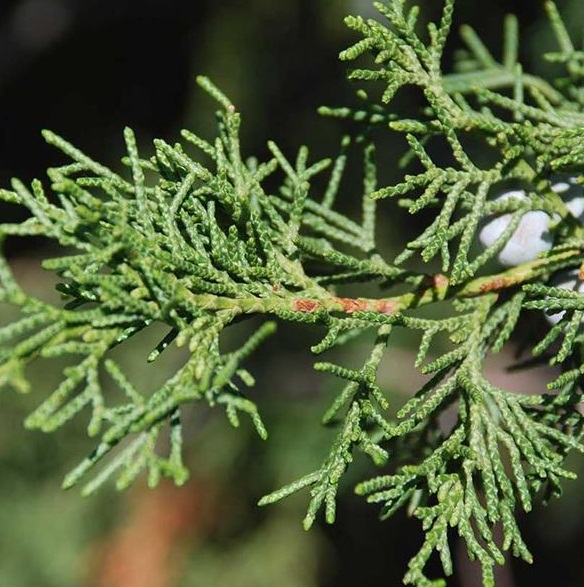
Eastern Red Cedar Tree Facts, Identification, Uses, Pictures
That said, both these trees have varying physical attributes. For instance, while the Cyprian Cedar has small, rounded leaves, the Cedar of Lebanon has more elongated leaves. Either way, the Cyprian Cedar is an excellent species of Cedar and it requires plenty of space for optimal growth. 6. Northern White Cedar.

Identify Leaves Environmental Science Bio with Lafferty at Tyler
Leaf Identification. The Eastern Red Cedar has two types of leaves that often occur on the same tree. The more common leaves are scale-like and are arranged in opposite decussate pairs (opposite pairs rotate 90 degrees after every pair). They rarely form in whorls of three or four.

Western Red Cedar Facts, Properties, Uses, Benefits & Costs
By Jessica Nolan, Gardening Expert Trees Cedar trees are large evergreen conifers that have needle-like leaves that are arranged spirally on scented woody branches. Cedars grow at high altitudes and thrive in full sun and well-draining soil. There are four species of cedar trees in the genus Cedrus, belonging to the pine ( Pinaceae) family.
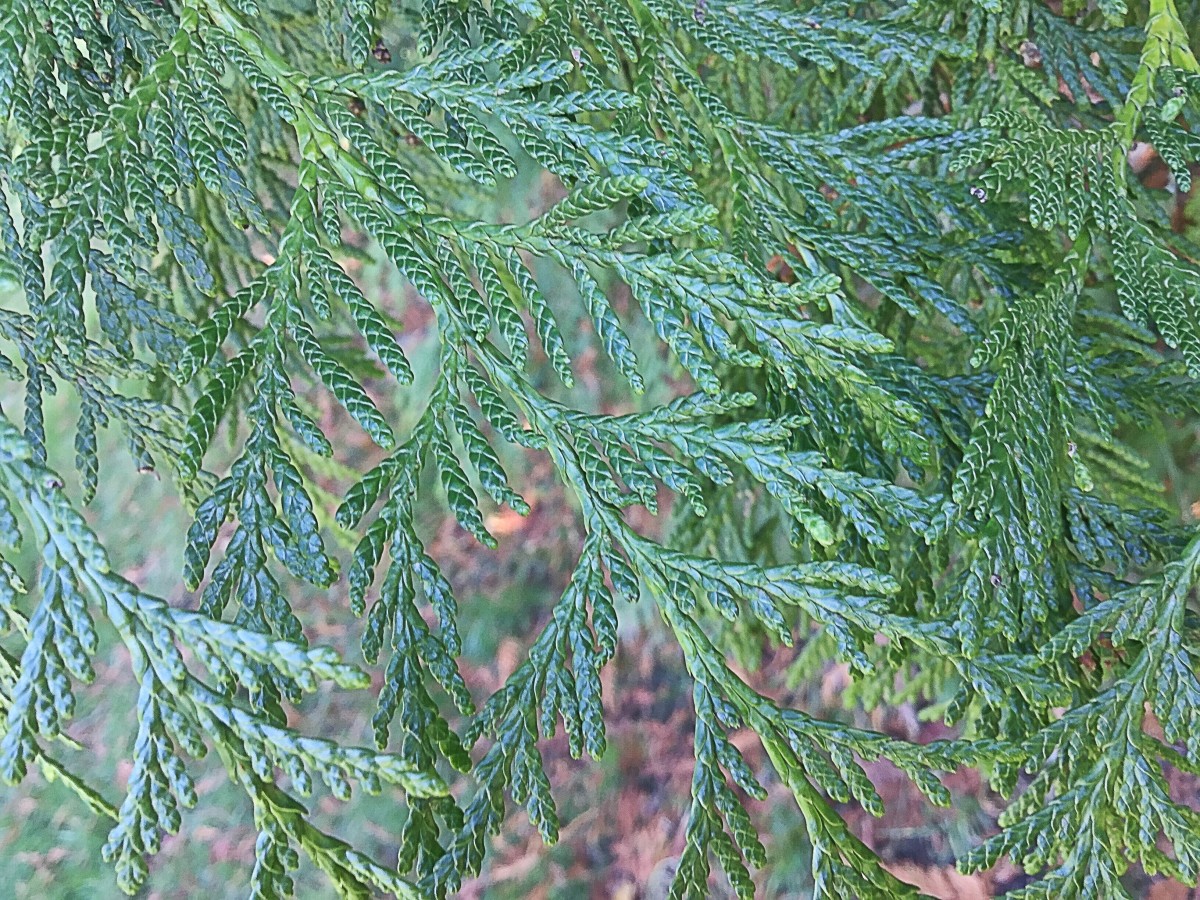
42 Facts About Western Red Cedar in Nature and Culture Owlcation
Northern White Cedar is a coniferous tree native to Eastern and Northern North America. Scientifically known as Thuja occidentalis, this evergreen tree will grow 40-60′ tall at maturity in full sun and moist to medium-moist soil. Valuable to wildlife, this tree feeds birds, white-tail deer, squirrel, porcupine, and caterpillars of several moths.

Western Red Cedar I'd help Page 2 Tree Identification pictures
November 6, 2020 by americangardener Overview Cedar trees refer to several species of upright evergreen conifers that have needle-like leaves. These trees have similar form and use, but their growing conditions vary and they do not belong to the same family.
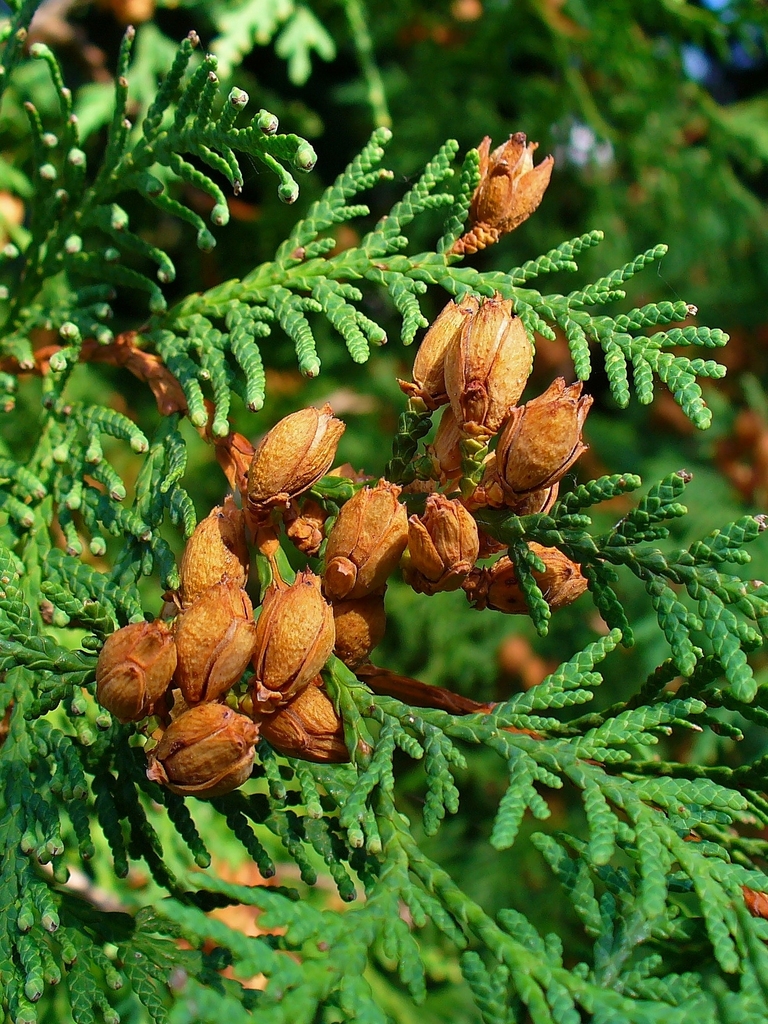
eastern white cedar (Trees of Vermont) · iNaturalist
Cedar Tree Leaves. Cedar tree leaves are evergreen and stay on the tree all year round. They are typically arranged in a spiral pattern and are either needle-like or scale-like in shape. Eastern Red Cedars, for example, have needle-like leaves that are arranged in a spiral pattern, while Northern White Cedars have scale-like leaves that overlap.
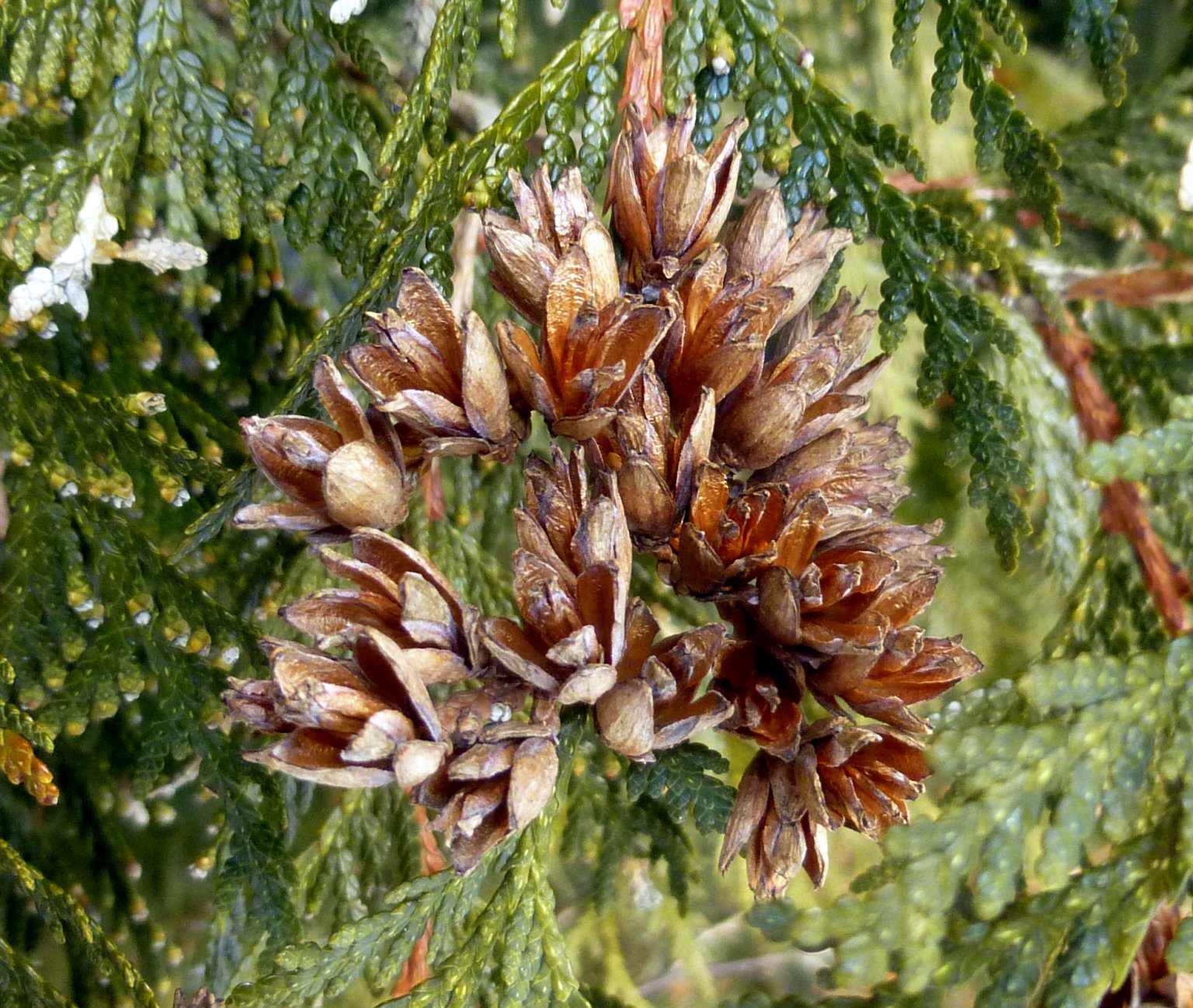
Types of Cedar Trees with Identification Guide EatHappyProject
Browse 20,900+ cedar tree leaves stock photos and images available, or start a new search to explore more stock photos and images. Sort by: Most popular Cedar tree leaves background Cedar tree leaves background image Cedar Branch isolated Common Tree Leaf Icons Single color icons of common tree leaves with solid and outline versions. Isolated.
:max_bytes(150000):strip_icc()/200372212-001-56af60a83df78cf772c3b4c9.jpg)
The Eastern Redcedar of North America
Browse 1,635 cedar tree leaves photos and images available, or start a new search to explore more photos and images. NEXT Browse Getty Images' premium collection of high-quality, authentic Cedar Tree Leaves stock photos, royalty-free images, and pictures.